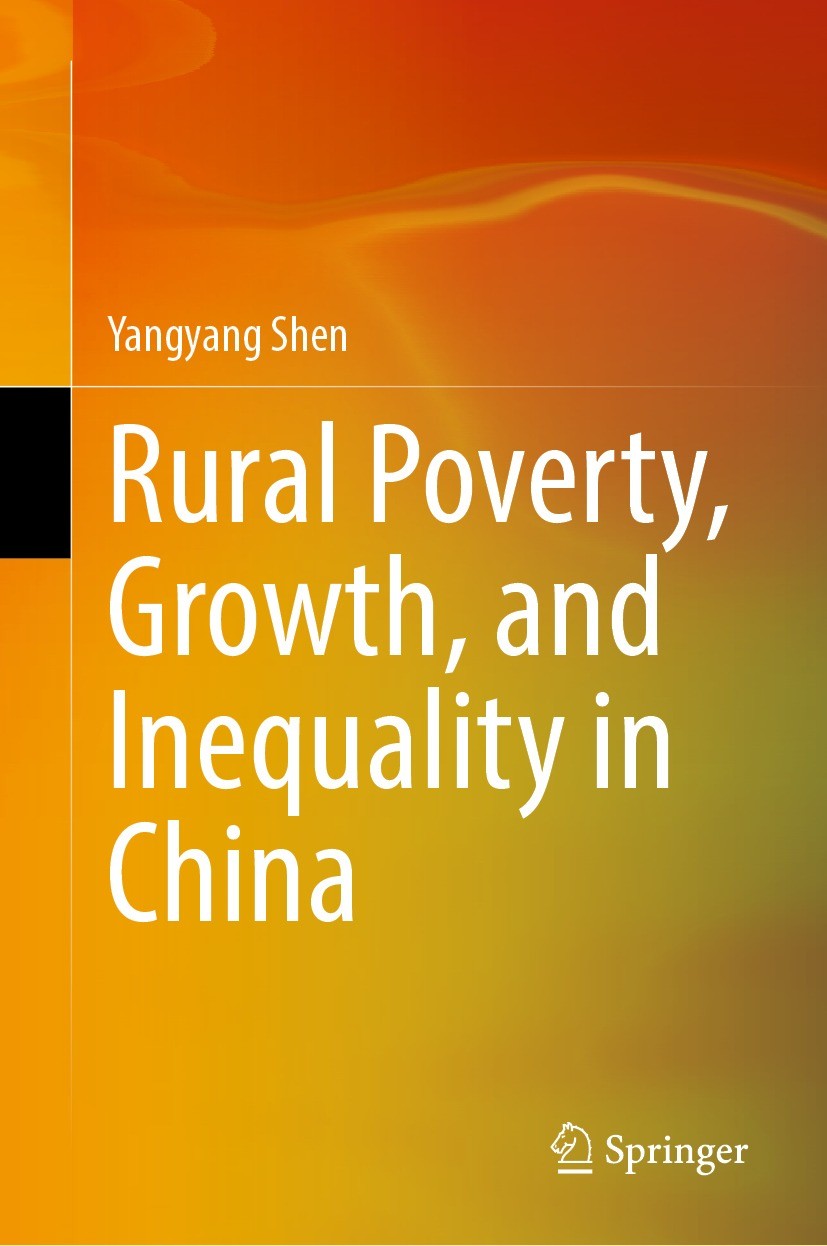Product desciption
Rural Poverty Growth And Inequality In China 1st Edition Yangyang Shen by Yangyang Shen 9789811696558, 9811696551 instant download after payment.
This book aims to empirically and theoretically study how the economic growth and inequality affected China’s rural poverty since China’s reform and opening-up. Apart from the trickle-down effect, some empirical researches show that rising inequality usually links with unfairly shared of the economic growth, which is not good for the poor, and this book particularly concerns with the impact of inequality on poverty reduction. In 11 chapters, it leads readers to review the dynamic changes of rural poverty in China, and estimates rural poverty by various methods, for instance, with analysis by monetary poverty (including income and expenditure poverty), multidimensional poverty, absolute poverty, and relative poverty. Especially attention is paid to apply the “growth-inequality-poverty triangle” model for long-term poverty dynamic changes evaluation. The book revisits poverty reduction strategies in different development periods for rural China and evaluates the poverty eradication achievements stage-by-stage under different analytical methods, in order to provide an objective assessment. Among the chapters, pro-poor growth, Shapley decomposition, poverty elasticity, density estimation, multidimensional poverty analysis, and policy simulation methods are applied for both national wide discussion and rural sub-group heterogeneity analysis. In addition to students, teachers, and researchers in the areas of development, economic growth, equity, and welfare, the book is also of great interest to policy makers, planners, and non‐government agencies who are concerned with understanding and addressing poverty-related issues in the developing countries.


